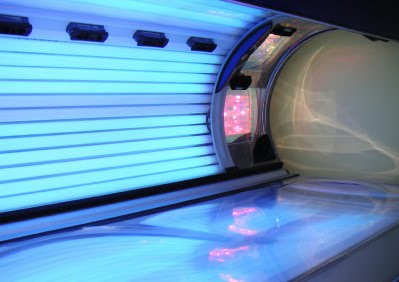New Results Further Confirm that Screening Prevents Death from Colon Cancer
Despite some pretty timid headlines, like “Sigmoidoscopy May Reduce Deaths From Colorectal Cancer,” the results of a UK-based randomized controlled trial seemed pretty resounding and further confirm the importance of regular colon cancer screening tests between ages 50 – 75 (USPSTF recommendations).
The studied appeared early-online this Wednesday in the Lancet (study) and tested the hypothesis that a single flexible sigmoidoscopy screening between 55 and 64 years of age could substantially reduce colorectal cancer incidence and mortality. Just over 170,000 eligible men and women were randomly placed either in the intervention group and offered screening with a flexible sigmoidoscope, or in the control group and not contacted further. Participants were followed for colorectal cancer incidence and morality.
Screening significantly reduced mortality from colorectal cancer among those in the screening group. Mortality was reduced by 33%, a significant reduction compared to the control group. The screened group also had a lower incidence of colorectal cancer compared to the control group – presumably as a result of removal of premalignant polyps detected on the initial screening test.
Regular screening is the single best way to lower the risk of colorectal cancer. Along with sigmoidoscopy, other recommended tests include colonoscopy and fecal occult blood tests. Together with their doctors, patients can choose which one of these is best suited to them.
Our related material
Your Disease Risk – Colon Cancer
You Can Prevent Colon Cancer – a Knol
Cancer Prevention – a Knol
The studied appeared early-online this Wednesday in the Lancet (study) and tested the hypothesis that a single flexible sigmoidoscopy screening between 55 and 64 years of age could substantially reduce colorectal cancer incidence and mortality. Just over 170,000 eligible men and women were randomly placed either in the intervention group and offered screening with a flexible sigmoidoscope, or in the control group and not contacted further. Participants were followed for colorectal cancer incidence and morality.
Screening significantly reduced mortality from colorectal cancer among those in the screening group. Mortality was reduced by 33%, a significant reduction compared to the control group. The screened group also had a lower incidence of colorectal cancer compared to the control group – presumably as a result of removal of premalignant polyps detected on the initial screening test.
Regular screening is the single best way to lower the risk of colorectal cancer. Along with sigmoidoscopy, other recommended tests include colonoscopy and fecal occult blood tests. Together with their doctors, patients can choose which one of these is best suited to them.
Our related material
Your Disease Risk – Colon Cancer
You Can Prevent Colon Cancer – a Knol
Cancer Prevention – a Knol












